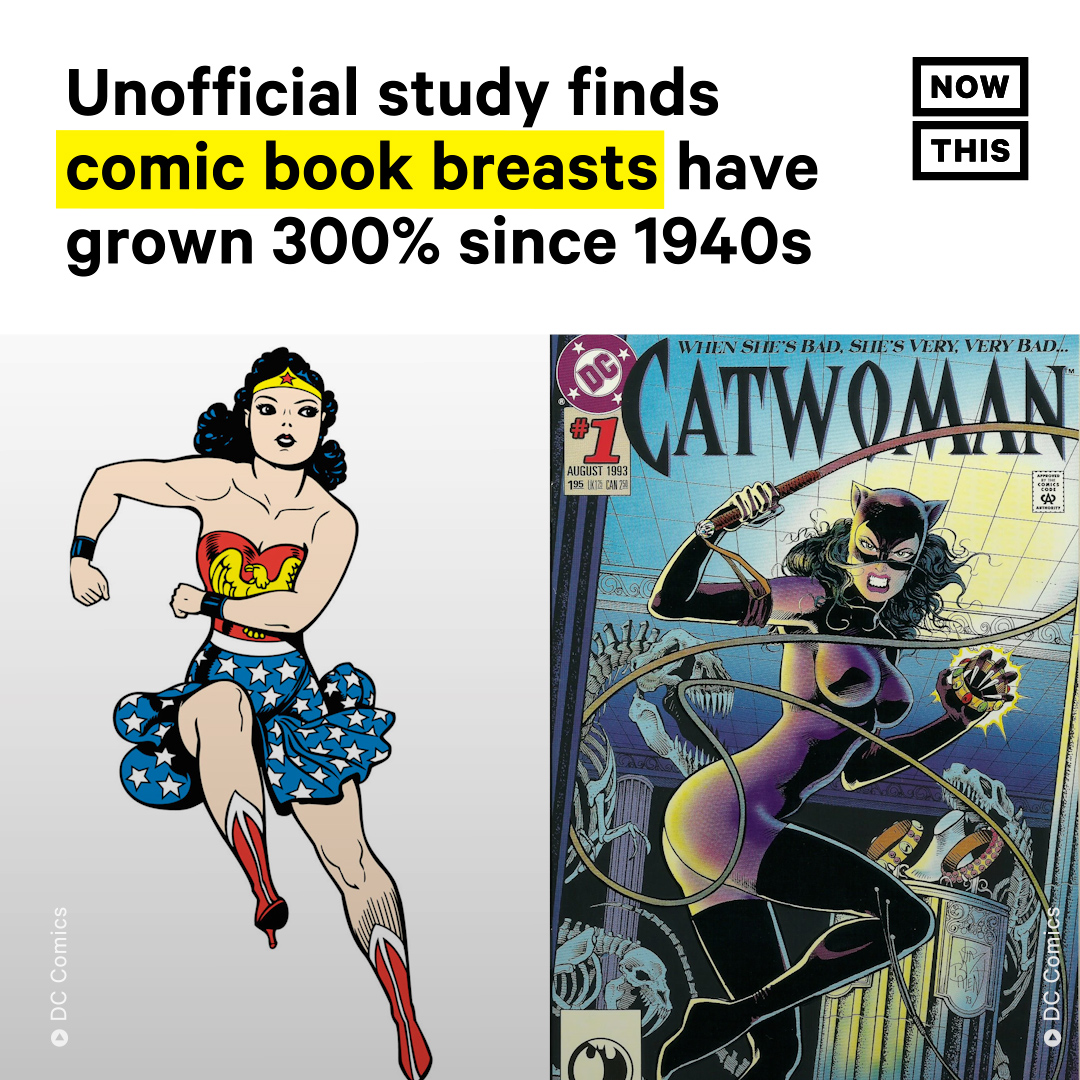
Then, in 2008, he and his closest friend, a younger artist named John Perry, had an explosive rupture, and Lurie went into hiding, believing that Perry intended to kill him. What happened first was that Lurie was stricken with a mysterious disease that confined him to his SoHo apartment for six years. Dafoe said, “Maybe this reclusiveness is his way of continuing to try to make sense of things-you could never separate John’s work from his personal challenges.” A year and a half ago, at the age of fifty-six, Lurie disappeared. In fact, Dafoe is still alive and still speaking to Lurie-or in theory still speaking to him. “God did that.” (Dillon says that he doesn’t remember the conversation.) And so ended that relationship, too.Īt the conclusion of an ice-fishing episode co-starring Willem Dafoe, the narrator announced that both men had starved to death.

Matt Dillon complained about his episode, Lurie recalls, saying, “You made me look dumb.” “No,” Lurie replied. Tom Waits got so mad at Lurie during their trip that the two stopped speaking. And “Fishing with John,” a tongue-in-cheek cable show about his fishing trips with wild men like Dennis Hopper, showcased all his ingenuity and lacerating candor. He made a beguiling album that purported to be the influential blues stylings of a half-Jewish, half-African mental patient named Marvin Pontiac. His money disappeared, of course, but he co-wrote Conan O’Brien’s “Late Night” theme song, and his “Get Shorty” soundtrack was nominated for a Grammy.


He mouthed off to Woody Allen and Barry Sonnenfeld and let his acting career go. In the nineties, Lurie became less cool but more interesting. Between Fourteenth Street and Canal-the known universe, basically-he was the man. He was young and cocksure and he wouldn’t truckle. He got addicted to heroin, but kicked it he got hepatitis, but kicked that, too. between Ray Charles and Brigitte Bardot.” Lurie wore a Borsalino fedora and old suits and painted expressionist album covers and picked up girls at the Mudd Club and snorted coke at the Palladium with Steve Rubell and Rick James. His “Down by Law” co-star, Roberto Benigni, described him in his fractured English as “a very big actor and musicist that in the world everybody know. Lurie, the star of the Jim Jarmusch films “Stranger Than Paradise” and “Down by Law” and the saxophone-playing leader of the jazz-punk group the Lounge Lizards, was droopy and skinny and intensely charismatic. From 1984 to 1989, everyone in downtown New York wanted to be John Lurie.


 0 kommentar(er)
0 kommentar(er)
